The forex market, as profitable as it has been for a number of intelligent businessmen, is quite a risky endeavor. In some cases, one small mathematical error can turn your plans and investments upside down. Traders must be constantly aware of the market changes, political climate and economical landscape of the eight big players in the forex market.
Therefore, a clear understanding of profits and loses and how to calculate them is necessary because it could directly affect your margin balance from the trading account and future investment opportunities. Here are a few ways to easily comprehend how to calculate your returns and enhance your trading opportunities.
Table of Contents
Realized and Unrealized Gains and Losses
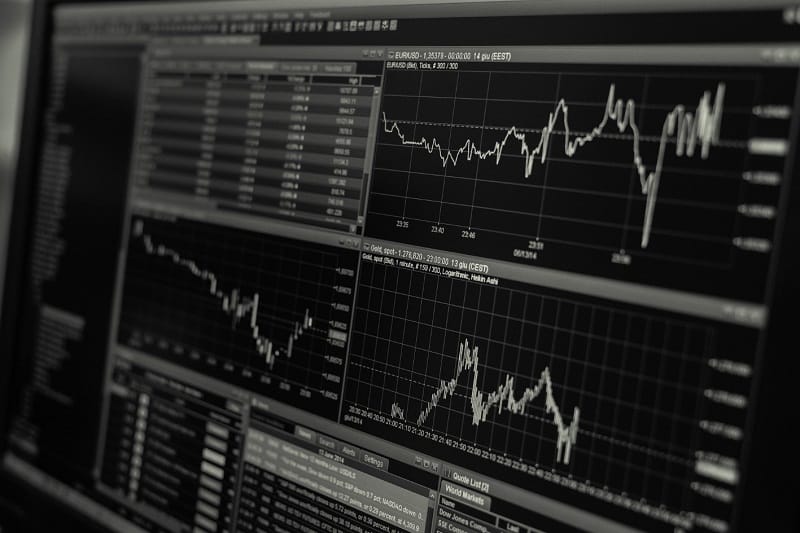
Source: Pixabay
In accounting, there are two types of gains and losses: realized and unrealized. The first category refers to losses or profits resulted from completed transactions. The latter refers to profits or loses that materialize on paper, without the transactions being completed. In business circles, an unrealized loss or gain is also called paper profit or paper loss.
All your forex trades will be recorded and marked to market in real time. In short, it is a mathematical calculation that determines the unrealized profits and losses resulted from your forex trading activity. In this particular technical context, ‘’unrealized’’ implies that the trades are open and can be closed by you at your discretion.
The mark to market value determines the value at which you can close the trade in a given moment. To give a couple of short examples, if you are planning to adopt a short position, the value shows the price at which you can buy to close. In the case of a long position, it shows the price of selling.
To conclude this entry, the profits and loses will remain unrealized until a position is closed. These concepts might seem convoluted, but it is necessary knowledge if you want to get the hang of it. To fully internalize these processes, make sure to open a forex trading practice account.
How to Calculate Profit and Loss
With the technical details out of the way, it is time to find out how to actually calculate the profit and loss. The mathematical process itself is quite straightforward.
If you have adopted a particular position (long or short) and want to calculate the profits and loses, try to determine the size of the position and the numbers of pips the price has moved. The potential loss or profit will always be equal to the position size multiplied by the pip movement.
Now let’s put it into context. In practice, shorting involves betting against the current trend, hoping the prices will go down. The individual who adopts this position will either sell a security that he has borrowed or does not own.
His action is based on the belief that the security’s price will go down, giving him the opportunity to eventually buy lower at a later date and turn a profit. Therefore, in the case of shorting, if the prices move up, you will lose, and if the prices go down, you will net a profit.
On the other hand, adopting a long position is more straightforward and easier to understand. It involves buying a certain security, be it currency, commodity or stock, hoping that its value will rise on the long term. In financial terms, going long means buying an options contract.
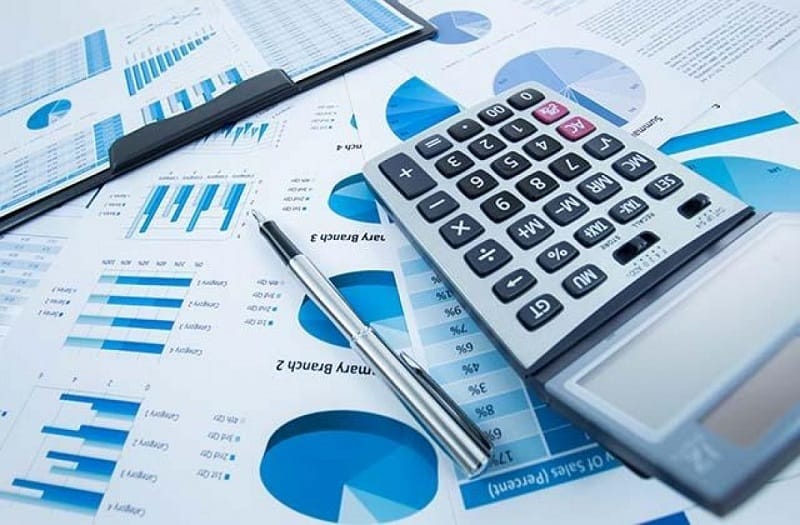
An investor that goes long expecting the price to fall will adopt a put option. On the other side of the spectrum, an investor who hopes that the price will go up will adopt a call option. To summarize, your profits will go up together with the prices, and you will experience loses if the prices fall.
These are some basic concepts that you have to internalize in order to understand the rationale behind how profits or losses are calculated. Fortunately, in our day and age, you do not have to actually perform these calculations manually, at least in most cases. Nevertheless, it is important to know the process because, occasionally, you will need to do some simple calculations while sketching your investment plan before each trading session.
As a side note, keep in mind that these two methods (short and long) are based on speculations and are highly influenced by market trends and dynamics. Before adopting one of these positions, make sure to do the proper research or consult with your trading referee. One uninspired trading move could cost you a lot of money.
Conclusion
Calculating returns is an essential process of forex trading. While in our day and age you do not need to do it manually, you have to have at least a basic understanding of how your profit and loses are calculated and what factors can influence them. Other basic concepts that you need the learn is what going short or long implies and how you can use them to your advantage. The forex market can seem like a heavy and convoluted entity, but once you get the hang of it, making trades will come almost naturally.





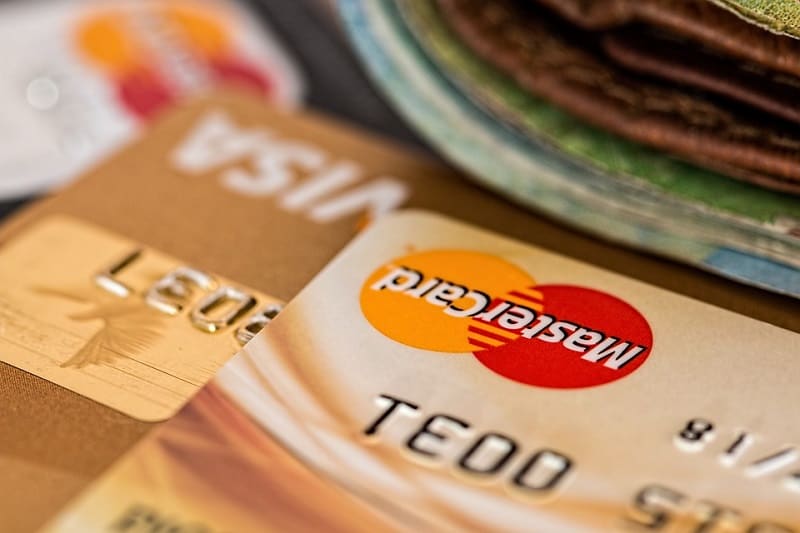


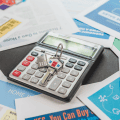







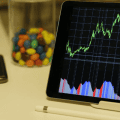








I never invested in forex market, but this article helped me get a better understanding. Thank you.